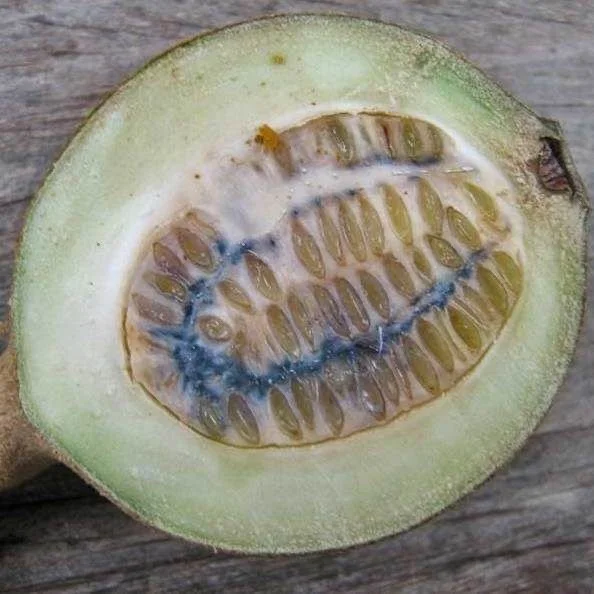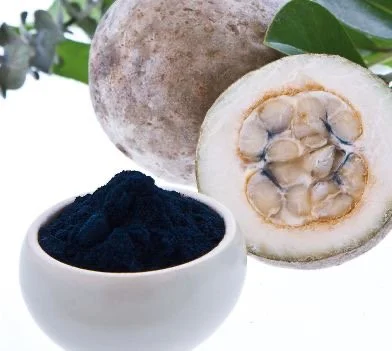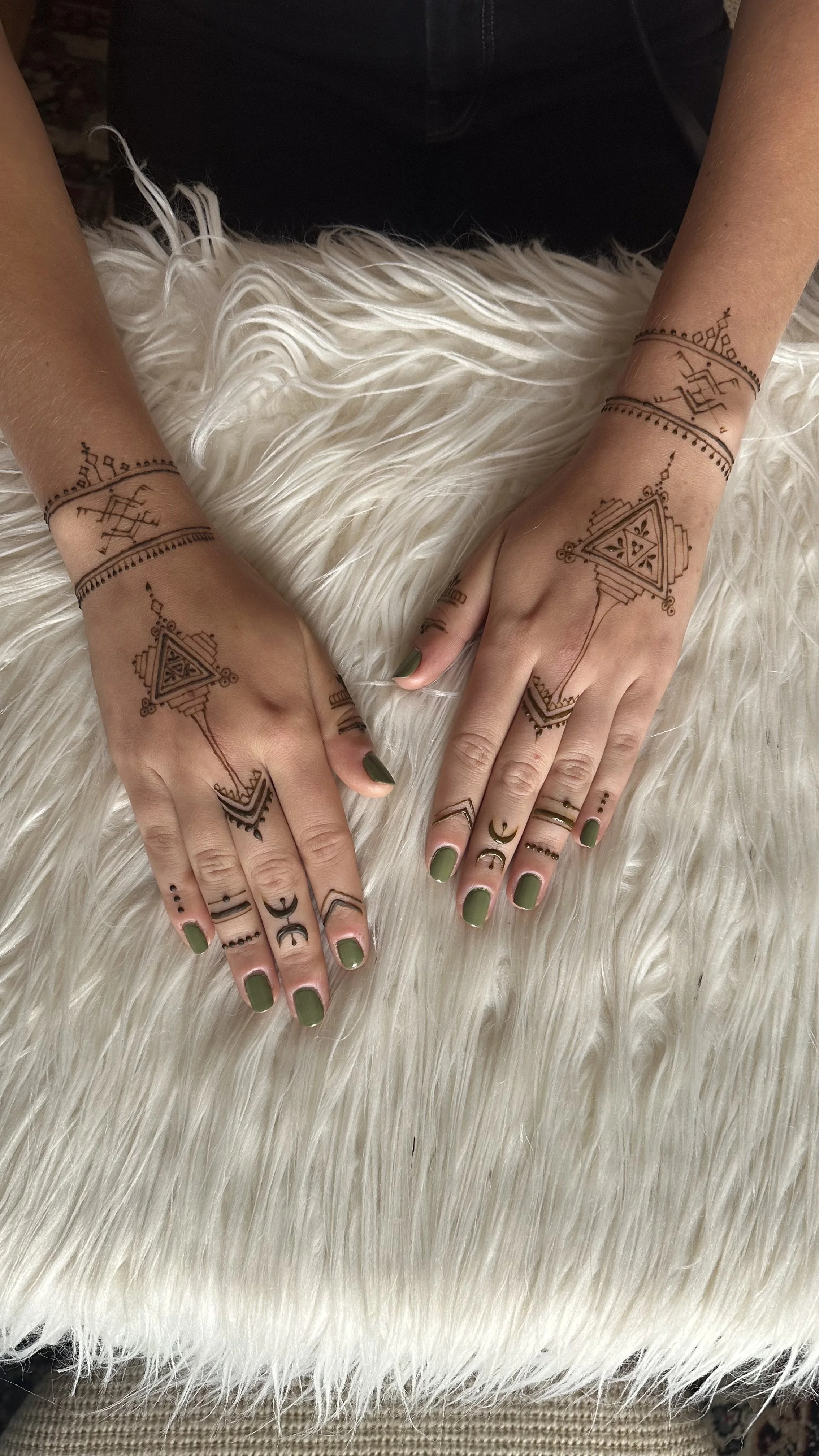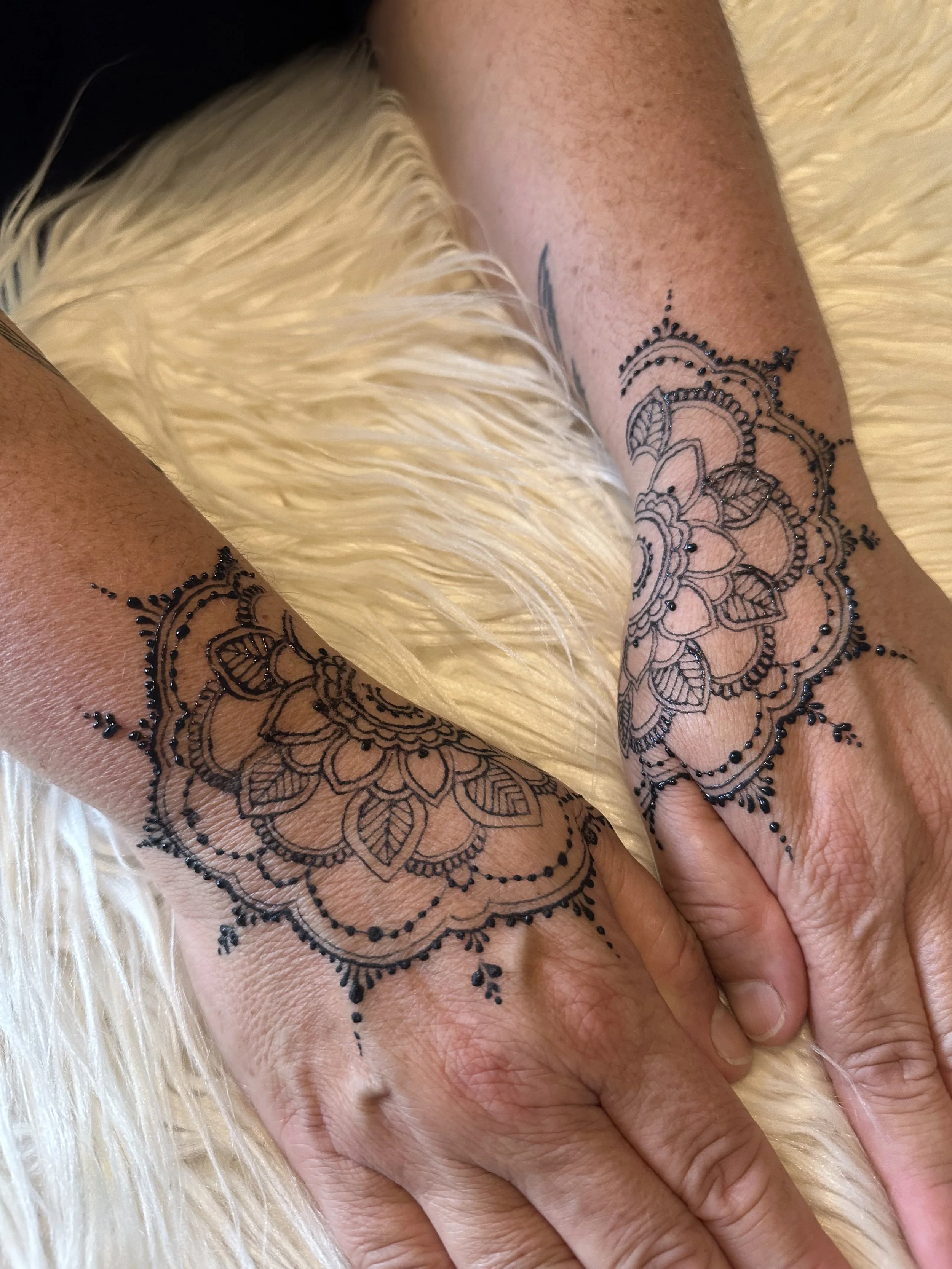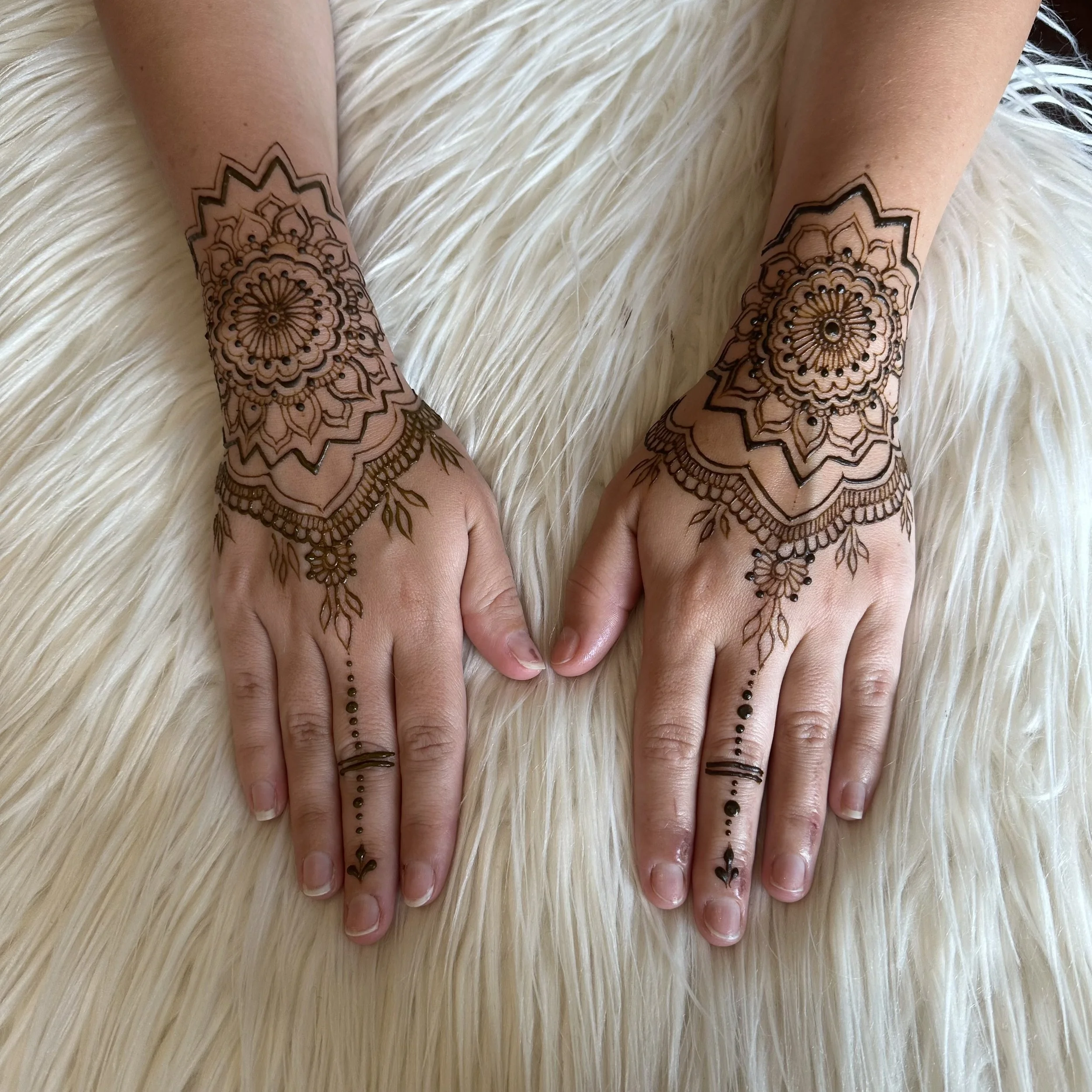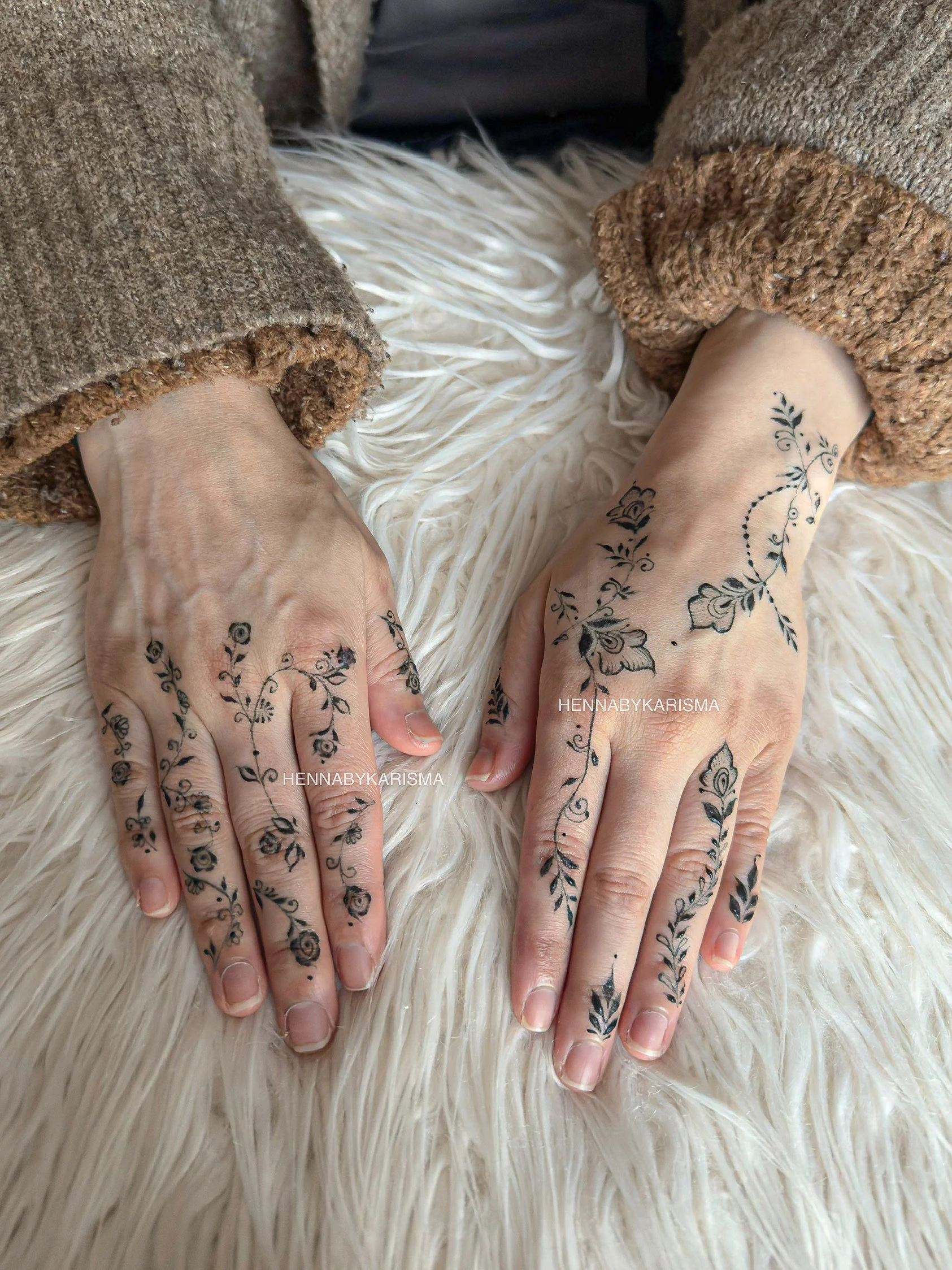Origin of Jagua & Its Traditional Uses
Jagua is a natural dye derived from the Genipa americana fruit, which grows in the tropical rainforests of Central and South America. Traditionally used by Indigenous Amazonian tribes, jagua has been a part of body art rituals for thousands of years. The stain it creates is deep blue-black in color, resembling a real tattoo, making it a popular alternative to permanent ink.
A Brief History of Henna
Long before jagua became widely known in the West, Indigenous communities across the Amazon used it for tribal markings, cultural identity, and spiritual protection. These natural stains were also a way of expressing lineage, beliefs, and rites of passage. The fruit pulp was applied directly to the skin to create designs that could last for up to two weeks.
Cultural & Ceremonial Uses
Jagua holds spiritual and symbolic significance in many Indigenous cultures. It was often applied during special ceremonies, coming-of-age events, and as part of shamanic rituals. The stain not only decorated the skin, but was believed to protect the wearer from harm and connect them to their ancestors.
Everyday and Modern Uses
Today, jagua is commonly used for:
Temporary tattoos that look like real ink
Body art for festivals, photoshoots, and special occasions
A safe, natural alternative for those considering permanent tattoos
Creating non-toxic, skin-safe body art for children and sensitive skin
Jagua is now celebrated around the world for its ability to offer bold, tattoo-like designs without any needles or commitment.
Medicinal & Healing Benefits of Henna
Aside from its artistic use, the Genipa fruit has long been used in traditional medicine by rainforest communities:
Anti-inflammatory and cooling when applied to the skin
Used in natural remedies for skin conditions and wounds
Believed to support spiritual and emotional well-being
Although more research is needed, jagua remains a respected natural ingredient in both body art and folk medicine.
